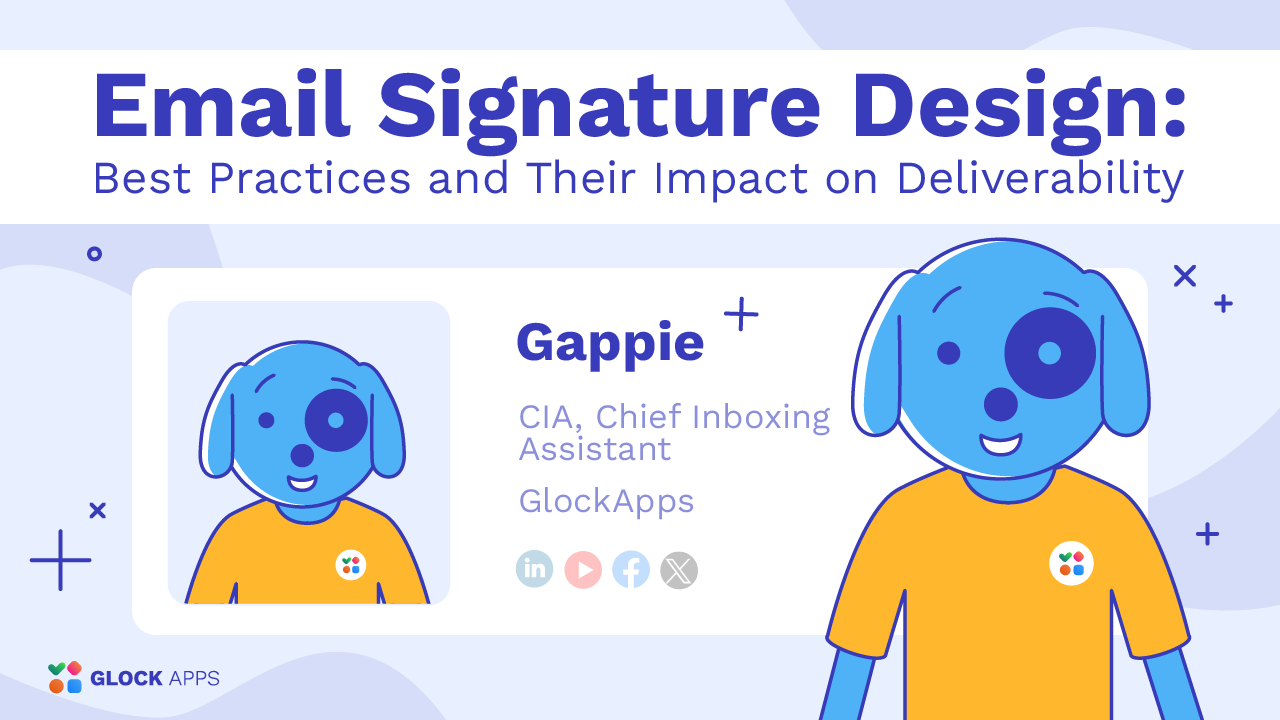P.S. in Email: Tips for Writing an Attention-Grabbing Postscript

Estimated reading time: 6 minutes
To cut through the clutter of email, grabbing attention and leaving a memorable mark can be more vital than ever before. While your email’s body might contain the details, your final line could be the one that makes the difference. Enter the P.S. (Postscript)—a brief, often overlooked element of email writing that can enhance your message, boost engagement, and leave a lasting impression.
What Is a P.S. in Email?
A P.S. (Postscript) in an email is a short, supplementary message added at the end of an email usually after the signature. It originates from traditional letter writing, where a postscript includes information that was forgotten or added after the main message was written. Even though emails allow easy editing, the P.S. remains a popular tool for marketers and business professionals because it grabs attention and adds a unique flair to the message.
Why Use a P.S. in Emails?
Using a P.S. in emails has multiple benefits. Here’s why it can be a powerful tool for your emails:
Eye-Catching: Many readers will skim through the body of an email, but a P.S. at the end stands out. It’s the last thing they see, so it sticks in their memory.
Highlight Key Information: If there’s something important that you want your readers to remember, putting it in a P.S. can emphasize the point without disrupting the flow of the main content.
Boosts Engagement: You can use P.S. to enhance engagement, especially by placing calls-to-action (CTAs) or promotions there. The informal tone of a P.S. can create a better sense of urgency or exclusivity.
Get 2 free deliverability tests and make sure your P.S. lands directly in your audience’s inbox!
Personalized Connection: It can make an email feel more personal, especially in a formal setting where the rest of the email might be more serious.
How to Write a P.S. in an Email
Writing an effective P.S. involves knowing when and how to use it appropriately. Here’s a step-by-step guide to get it right:
1. Make It Relevant.
Your P.S. should always add value to the email. Don’t just throw in a line just for the sake of it; make sure it’s connected to the email’s content or offers new insights.
Example: “P.S. Don’t forget — this discount is only available until Friday!”
2. Keep It Short.
Since a P.S. is an additional element, it should be concise. Avoid long-winded statements, and instead focus on delivering the message in a few words.
Example: “P.S. We’ve got something exciting launching next week — stay tuned!”
3. Use It for CTA.
The P.S. section is a perfect place to include a call-to-action (CTA). Whether it’s an invitation to visit your website, sign up for a webinar, or claim a special offer, the P.S. can drive action in a non-intrusive way.

Example: “P.S. If you’d like to find out more about our products, click here to check out our new tools.”
P.S. in Formal Emails
The use of P.S. in formal emails is not only acceptable but can also be highly effective if used wisely. In business or formal settings, it’s best to use the postscript for a specific purpose:
- A reminder of deadlines: A subtle reminder about important deadlines or tasks.
- Appreciation: Express gratitude for something related to the conversation.
- Clarification: If something needs more attention or a quick note, the P.S. is a good place to mention it.
- Follow-up actions: A gentle follow-up works well in a formal email.
Where to Put the P.S. in an Email?
A P.S. is traditionally placed at the very end of an email, following your signature. This placement makes it stand out and acts as a natural conclusion to your message.

However, there’s some flexibility. If you’re writing a long email, you may consider using the P.S. closer to the bottom, but before the signature, to keep it from feeling like an afterthought.
Read also: Email Content Overview: Why Content Analysis in Email Spam Testing Matters
Common Mistakes to Avoid When Using P.S. in Email
Here are some things to watch out for when using P.S. in your emails:
- Overuse: Using a P.S. in every email can make it lose its impact.
- Too Long: If your P.S. turns into a paragraph, it might be better to include that information in the main body.

- Irrelevant Information: Avoid using the P.S. for unrelated content.
- Inconsistent Tone: Ensure the tone of your P.S. matches the rest of your email, especially in formal settings.
Conclusion
A good P.S. can help you get attention, prompt action and add a personal dimension to your emails. Use one where it makes sense to you in your email marketing and communications to make your messages more memorable. Just make sure that the P.S. is relevant, brief, and appropriate for your communication objectives. Test your deliverability now to ensure your carefully crafted P.S. and entire message reach your audience effectively!
FAQ
A P.S. in an email is a short, additional message placed at the end of the email after the signature.
Yes, using a P.S. in formal emails can be useful. You can use it to remind about deadlines or include a follow-up.
A P.S. is placed at the very end of the email (usually, after the signature). However, in longer emails, you can put above the signature for better visibility.
A P.S. should be brief, one or two sentences long.



